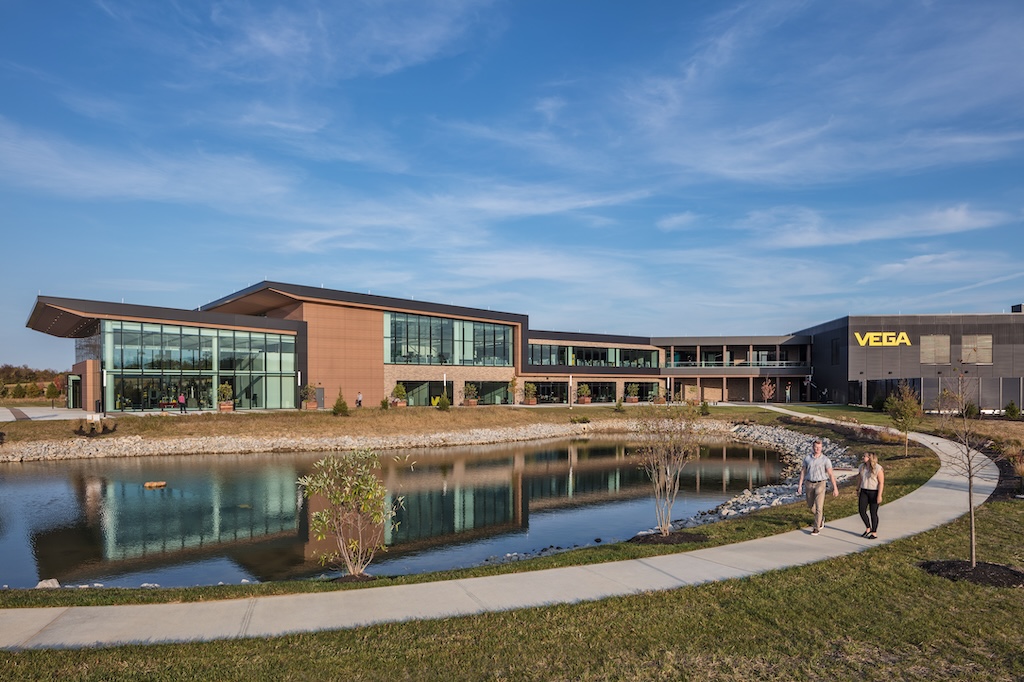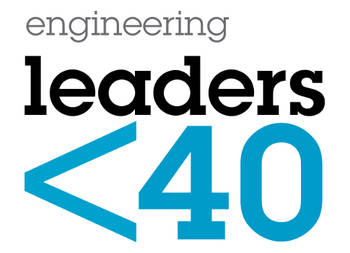Technically speaking, 2010 is the end of the first decade of the 21st Century, and not the beginning of the second decade. I don’t know of very many people who aren’t willing to ignore convention and just start all over in 2010. However you view it, the past decade was a rough 10 years for our nation, our business community and for manufacturing.
Technically speaking, 2010 is the end of the first decade of the 21st Century, and not the beginning of the second decade. I don’t know of very many people who aren’t willing to ignore convention and just start all over in 2010.
However you view it, the past decade was a rough 10 years for our nation, our business community and for manufacturing. We were stung by terrorism, buffeted by economic collapse and unnerved by a world changing faster — too fast for some, not fast enough for others.
The Internet took hold of our lives, and while in many ways, the world is closer than ever, there seems to be a very specific isolation in that community. We are fractured, subdivided and measured now by our Tweets and our ability to find friends on Facebook rather than in our own front yard.
So as we peek around the corner at 2010, we can either see it as an end of something awful or the beginning of something new. Here’s a vote for the latter.
Simply having survived the last 10 years ought to be cause for some celebration, but on Jan. 2, we’ve got work to do. We have infrastructure to repair and people to put back to work. Matching up those two projects seems to be a good place to start.
In manufacturing, we have to get past the past decade and get back to doing what we do really well — making products the world cannot live without. Some of that means making products for companies not owned in the U.S. That’s because U.S. manufacturing quality is still the world’s standard.
Manufacturers around the world continue to flock to the U.S. to build their products in a place where workers prize quality work, and those manufacturers are willing to pay the cost of that quality. We ought to be proud of that, and we ought to strive to maintain and improve on that legacy.
Those American companies looking to grow their business need to look beyond our shores. They’re not looking for cheap labor or shortcuts, but for an emerging, recovering global market eager for more of what we already manufacture here. That means stepping out of our comfort zone and into a global market and engaging a whole new generation of manufacturing workers who adopt the American mantra of quality and safety as their own.
It means empowering our workforce, wherever they may be, to find solutions to the daily problems of productivity and quality and safety. It is on the plant floor where the best solutions can be found. Management by Wandering Around must be one of your core business strategies. If it isn’t, you need to get out there and find out what your people think.
It also means developing our next workforce. That’s not a job for Washington, or even the State House. That’s OUR job in manufacturing, and it’s time we started at it. Plant Engineering will help lead that effort in 2010, but it will be up to individual manufacturers to implement a plan to address this critical issue.
We spend a remarkable amount of time on what’s wrong, what broken, what’s missing. We spend less time celebrating our successes. If we peel back some of our disappointment, we find manufacturing productivity is up, a renewed commitment to energy and efficiency has emerged and there is a strong sense of wanting to get better at what we do.
And, of course, it isn’t quite that easy. We’re still dragging ourselves off the floor of the recession. It will be a long, slow climb back to our feet. That doesn’t mean we get to delay working at it. It just means it’s going to be hard.
One thing that makes me optimistic about 2010 is that we’ve done hard before. We know what it feels like. It was hard when manufacturing accelerated at just about this time in the 20th Century. It was hard through the Depression, hard when manufacturing needed a diversified work force in World War II. And it was certainly hard during the last 10 years, when so much changed all at once. One day in particular.
The fact that it was hard didn’t stop us. And just because it doesn’t look like it’s going to be easy shouldn’t deter us.
There’s a lot to do once 2010 gets here. Stop looking back. It’s time to move forward.



